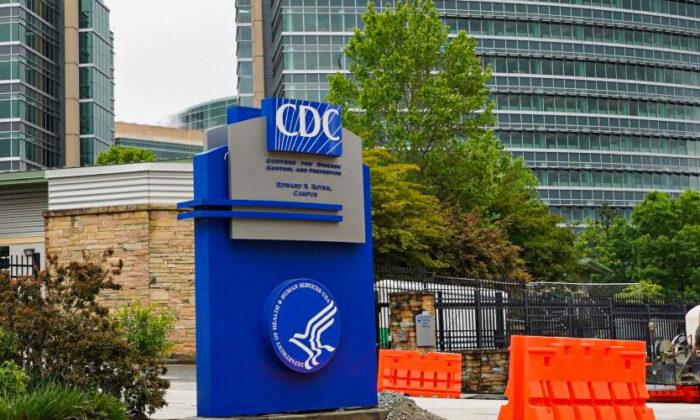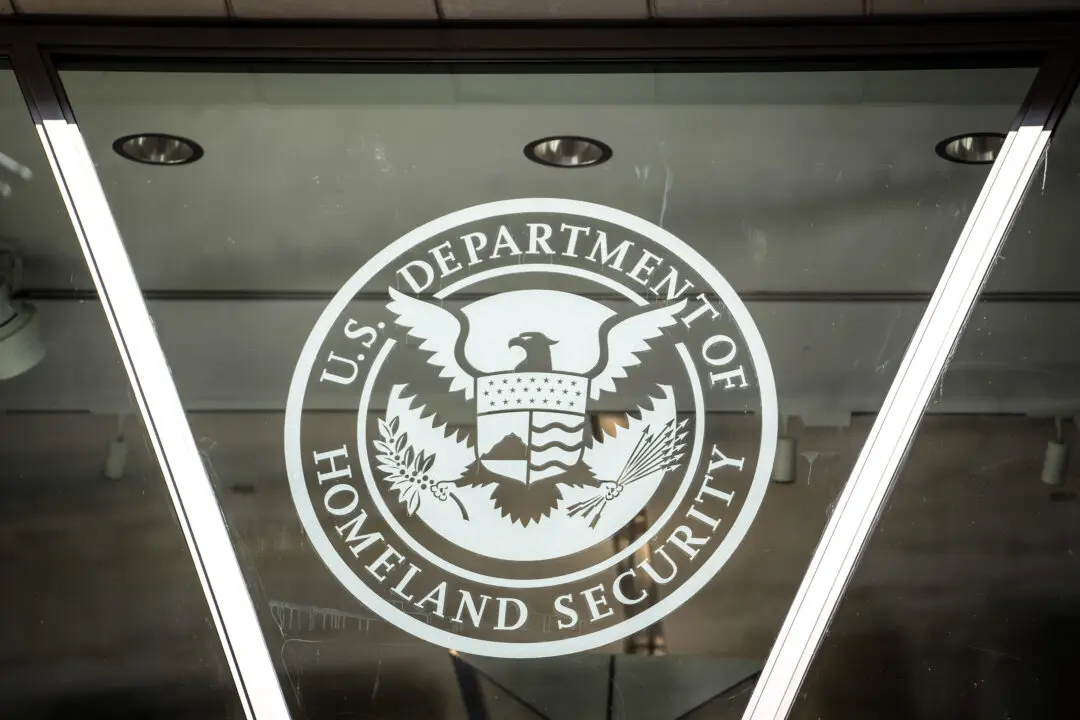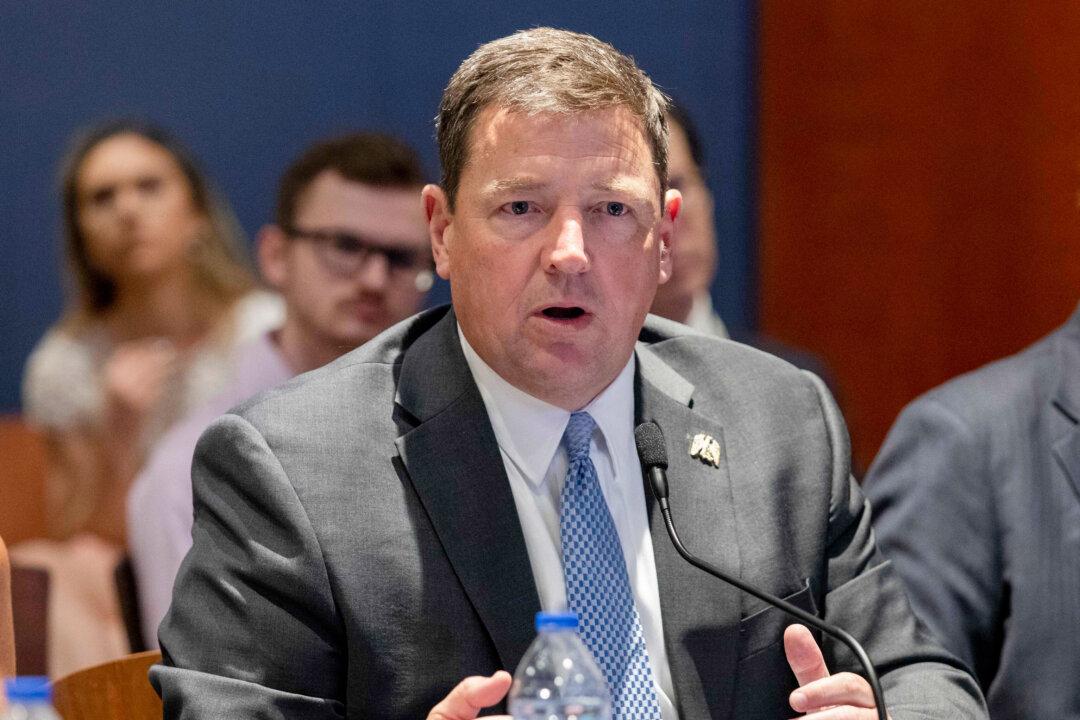So-called long COVID can be listed as a cause of death even if a deceased person hadn’t tested positive for COVID-19 for months or even years, the U.S. Centers for Disease Control and Prevention (CDC) stated in a new update.
“Long COVID,” or post-acute sequelae of COVID-19, refers to long-term problems believed to stem from COVID-19.
Emerging evidence suggests that SARS-CoV-2, the virus that causes COVID-19, “can have lasting effects on nearly every organ and organ system of the body weeks, months, and potentially years after infection,” the CDC states in its update.
In one of four hypothetical scenarios presented by the agency, a healthy 48-year-old suffered respiratory problems, fatigue, and brain fog after COVID-19. The man gradually improved, but some symptoms persisted, and imaging revealed heart inflammation.
Several months later, the man died in the hospital after heart failure.
The certificate listed heart failure; cardiomyopathy, a heart muscle disease; myocarditis, the heart inflammation; and post-acute sequelae of COVID-19. The chain of events started with that last item.
Dr. Thomas Gilson, the chief medical examiner in Cuyahoga County, Ohio, told The Epoch Times that the scenario was reasonable.
“That’s kind of the crux of the matter—when I’m certifying a death is, can I really trace things back logically to the COVID infection and then the consequences of the infection?” he said.
In some cases in the real world, examiners wouldn’t list the post-acute sequelae, he said.
“The trouble with this is how accurate are the death certifications and COVID. This is a longer standing problem than COVID that sometimes, we don’t always ... see people certifying deaths going all the way back to the real initial cause,” Gilson said. “The longer I think there is between an inciting event and a person passing away, the more likely it is that sometimes those things don’t make it onto the death certificate.”

Deaths Overcounted?
The CDC itself has acknowledged that it overcounts COVID-19 hospitalizations, including hospitalizations of a patient who tested positive for COVID-19 but is hospitalized for unrelated reasons.On deaths, the CDC has claimed that its numbers are accurate.
The death count only includes deaths “in which COVID-19 played a meaningful role,” the CDC said in a recent statement.
“Incidental conditions or findings are not supposed to be reported on death certificates,” a CDC spokesperson previously told The Epoch Times.
On the other hand, some deaths caused by COVID-19 may have been attributed to other causes because of a lack of a COVID-19 test or diagnosis.

Deaths Attributed to ‘Long COVID’
The CDC has already attributed thousands of deaths to so-called long COVID, but the new guidance may lead to an increase in instances of “post-acute sequelae of COVID-19” listed on death certificates.“There may be cases where somebody has (or believes they have) long COVID. They go on for years and suddenly, they die of something. And then the doctor may decide to call this a ‘COVID death.' That could raise some issues, certainly,” Daniel Halperin, an epidemiologist at the University of North Carolina’s Gillings School of Global Public Health, told The Epoch Times.
“Now, when a clinician genuinely feels the person who’s got these ongoing series of symptoms started with a COVID illness, and that person eventually does die, well, yes, it could make sense to call that a death from COVID. But, statistically speaking, how many cases are there like that?”
The updated guidance states that certifiers should include post-acute sequelae of COVID-19 on a certificate only if it caused or contributed to a death.
Gilson, the Ohio medical examiner, said that for deaths from a car crash or another cause not related to COVID-19, the sequelae shouldn’t be listed.
“Long COVID doesn’t belong on that death certificate,” he said. “It doesn’t contribute to the person dying; they died from their injuries in the car accident. I would leave it off. It may underestimate how well we track long COVID as a problem in the community but it wouldn’t lead to an overcounting of the death unless the death certificate was filled out improperly.”





